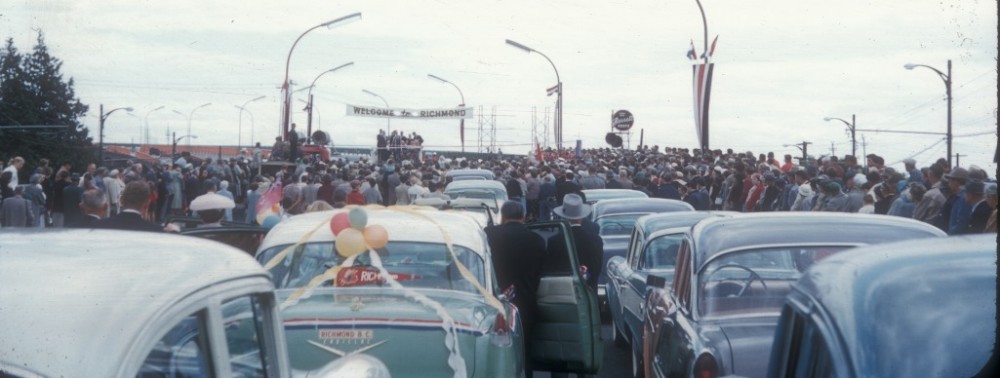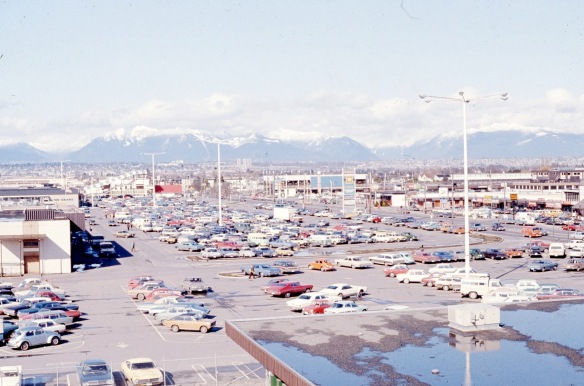The establishment of a Recreation Commission in 1954 and the subsequent incorporation of parks and recreation services into the administrative structure of municipal government under the direction of the Parks and Recreation Commission resulted in the rapid growth of recreational land, facilities, and services in Richmond.
Prior to the establishment of the Commission, just over 20 acres of land in the municipality was parkland, much of which was maintained by local community associations and groups. The Parks and Recreation Commission was initially established composed of elected members of both Council and School Board, which allowed for the coordinated development of school playing fields and municipal parks, simplified the planning of their locations, and reduced duplication of services.

Deed of Land. Purchase of part of present-day Minoru Park, 1958. City of Richmond Archives MR 66, File 1540
In 1958, major plans and projects came to fruition under the direction of the Commission, the most significant being the purchase of land from BC Turf and Country Club, the owners of the Brighouse Park Race Track. That land, first known as Centennial Park, is the southern part of what is now Minoru Park. By 1959, Centennial Pool, Richmond’s first swimming pool, had been opened on the site.
Development there continued through the 1960s with the installation of a track, the building of a pavilion, arena, arts centre and library.
In 1970, the municipality acquired 217 acres for the Richmond Nature Park as the first of many new parks and community centre projects in that decade.
The City of Richmond Archives holds records documenting the growth of recreational opportunities in Richmond, including minutes of the Parks and Recreation Commission, bylaws and bylaw files relating to park acquisition and the building and maintenance of facilities, administrative and operational records of the early Recreation Department and the later Leisure Services Department, records of the Richmond School Board, and records of community associations and cultural and sports groups affiliated with the Commission.
[Note – this is an updated version of an article first published in the Spring 2014 issue of the Archives News]












You must be logged in to post a comment.